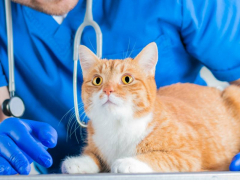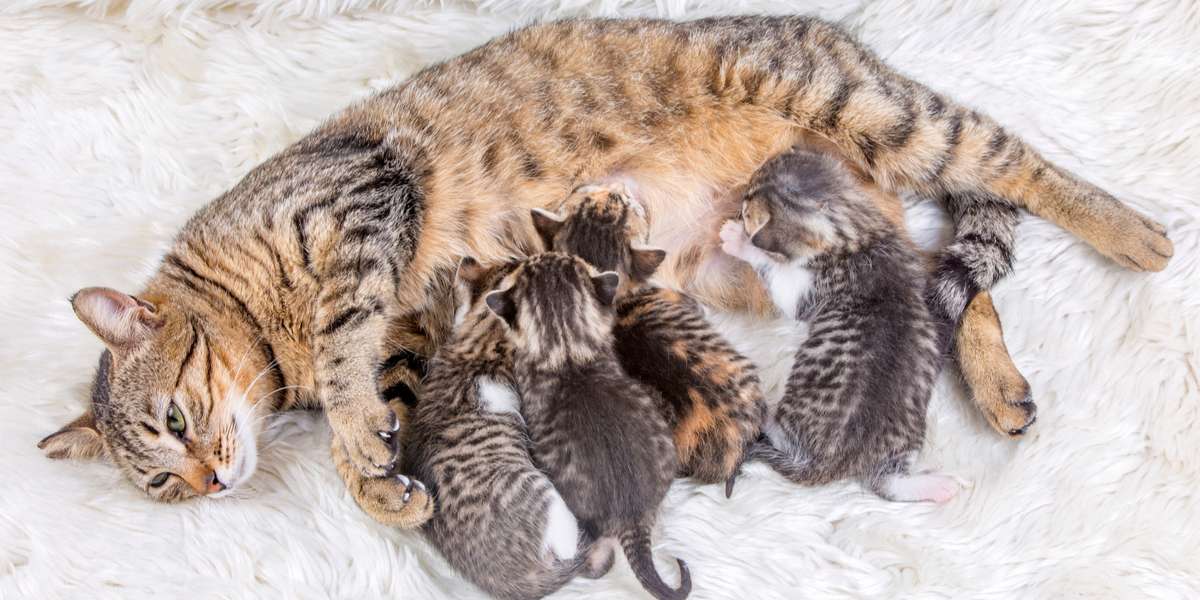
Trap-neuter-return (TNR), also known as trap-neuter-release, spay-neuter-return (SNR), and trap-neuter-return-monitor (TNRM), is a humane method of controlling stray and feral cat populations in communities.
Free-roaming cats are humanely trapped, spayed, or neutered at a veterinary facility, then returned to the place where they were living.
TNR is an alternative to other programs that aim to control free-roaming cat populations, such as trap-and-kill programs and relocation, which are generally considered to be inhumane and ineffective.
Community Cats
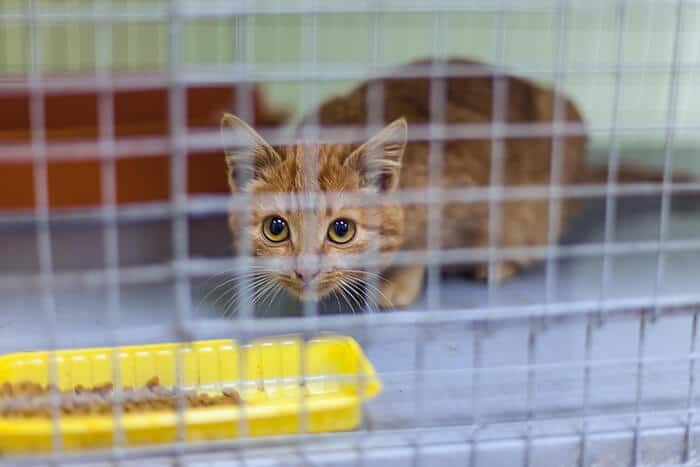
Using a humane trap, like those implemented in TNR (trap, neuter, return) efforts can help you to capture your lost cat.
Free-roaming outdoor cats (often referred to as community cats or neighborhood cats) are stray or feral cats that live outdoors, often in colonies, with little to no interaction with humans.
Feral cats hunt and forage to survive, although sometimes people care for feral cat colonies by putting out commercial cat food and water for them, and otherwise leaving them alone. Feral cats look like domesticated cats but are basically “wild.”
Also Read: How To Care For Feral Cats: 4 Tips For Happy, Healthy Ferals
Feral cats are typically not friendly toward humans. In fact, they are usually afraid of humans and cannot be handled.
Community cat populations can swell to huge numbers if they are not managed in some way. Large numbers of free-roaming cats can adversely affect local wildlife populations and be an annoyance to people living nearby.
Preventing overpopulation of community cats helps improve the welfare of cats, wildlife, and people in the community.
Because most adult feral cats are not socialized or friendly toward humans, they can never be adopted out as pets.
However, kittens can often be socialized and adopted out if they are trapped while they are still young enough, further reducing the number of cats in a colony. Trap-neuter-return programs allow people to humanely control feral cat populations with spay/neuter, without killing any cats.
Benefits of TNR
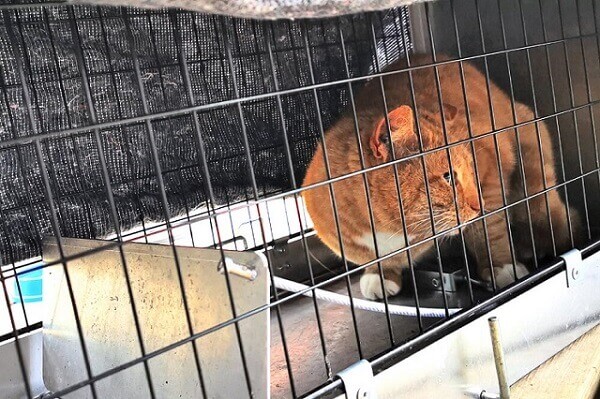
TNR consists of humanely trapping feral cats, transporting them to a veterinary facility for spaying or neutering, then returning them to the area where they were living.
The main benefit of TNR programs is population control—no more kittens. Spaying female cats and neutering male cats also cuts down on nuisance behaviors like fighting, urine spraying, loud mating, yowling and other undesirable behaviors within colonies. Studies have shown that colonies’ size decreases over time when TNR programs are used.
An additional benefit of TNR programs is the cats can receive rabies vaccinations when they are trapped for spaying or neutering. Some cats are also treated for external parasites (fleas and ticks) and given broad-spectrum dewormers.
Another major upside to TNR that cannot be understated boils down to ethics. TNR is just more humane than euthanasia as population control (culling and killing cats).
According to one study, more than 80% of Americans are opposed to catch-and-kill programs to manage feral cat populations. TNR allows for cats to be sterilized, then returned to their colony where they can live out their lives without producing any more kittens.
Criticisms of TNR
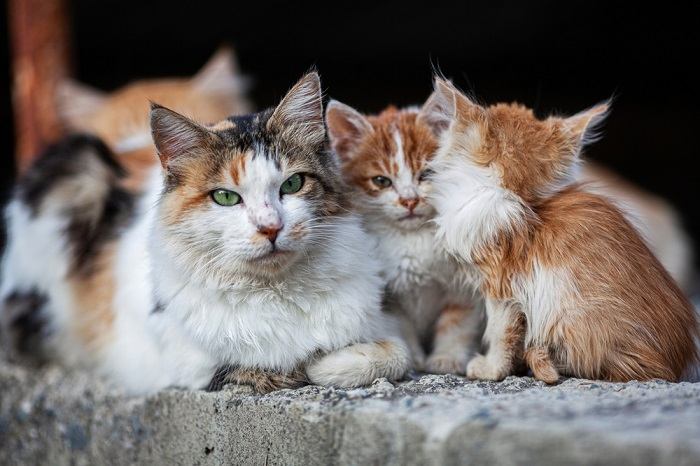
Over the years some criticisms have been voiced regarding TNR programs for community cats. Some people claim that TNR doesn’t work to curb cat populations, although many published case studies have demonstrated that TNR can work when done properly.
Some organizations, like the American Bird Conservancy, are opposed to TNR programs due to wildlife predation concerns and transmission of disease. The Wildlife Society shares similar concerns.
In contrast, a number of animal welfare organizations have voiced support for TNR programs for community cats, including the American Veterinary Medical Association (AVMA), the American Society for the Prevention of Cruelty to Animals (ASPCA), the Humane Society of the United States (HSUS) and the Royal Society for the Prevention of Cruelty to Animals (RSPCA) in the United Kingdom.
How To Get Involved in TNR?
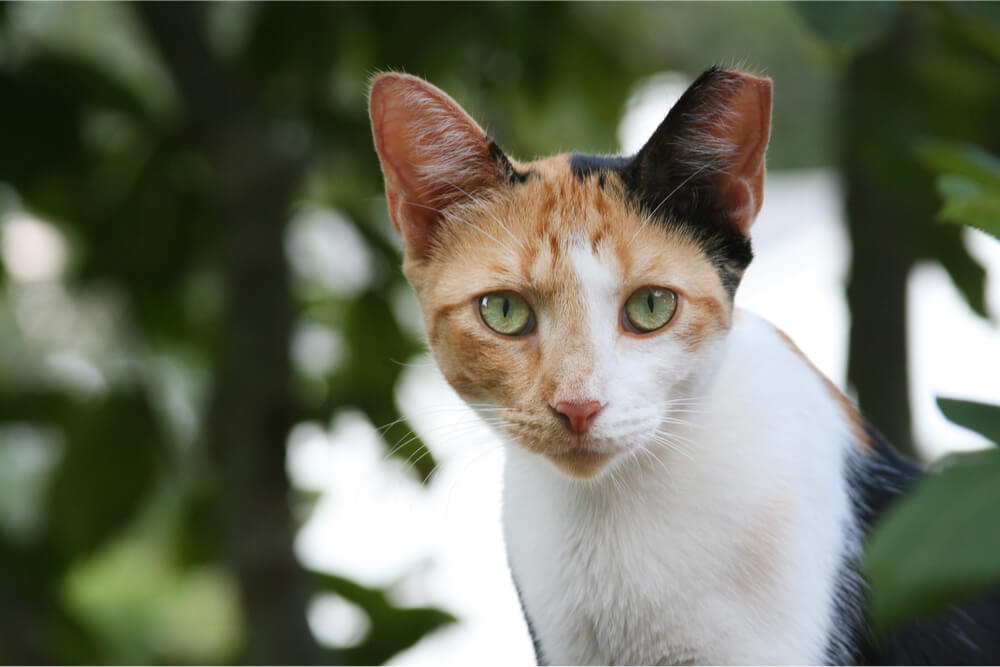
When cats are asleep for spaying or neutering, the veterinarian removes the tip of one ear to identify that the cat has been fixed.
If you know of a colony of feral cats and want to help, reach out to local animal shelters, cat rescue groups or animal control to ask for assistance. Some shelters or rescue may already have TNR programs in place, and welcome more volunteers to help trap cats, transport them to veterinary facilities for spaying and neutering, and return them back again.
Some organizations have humane traps available to loan out for these purposes, or you can buy traps online. Most groups appreciate outreach and help from the community.
Trapping young kittens and volunteering to foster and socialize them so they can be adopted is also an excellent way to help community cats in your area. If the colony has no caregiver, you might also wish to volunteer your time to feed the cats, keep an eye on the cats’ health and undertake other tasks of colony management.
If you can’t find a local group with a TNR program already in place, you may wish to champion the effort yourself.
For help, check out this list of TNR resources:
- Alley Cat Allies: Offers education and resources, helping communities champion low-cost spay and neuter policies and programs and lifesaving trap-neuter-return (TNR) and shelter-neuter-return (SNR).
- American Society for the Prevention of Cruelty to Animals (ASPCA): Offers TNR education, resources and tips for getting involved.
- Best Friends Animal Society: Offers a TNR Stray and Feral Cats Guide for people who wish to help TNR efforts in their community.
- Fixnation: Offering TNR education, advice and resources, as well as free and low-cost spay and neuter services (for homeless cats in Los Angeles only).
- North Shore Animal League/Spay USA: Offers subsidy funding for stray and feral cat caretakers throughout the US
TNR: Improving the Lives of Community Cats
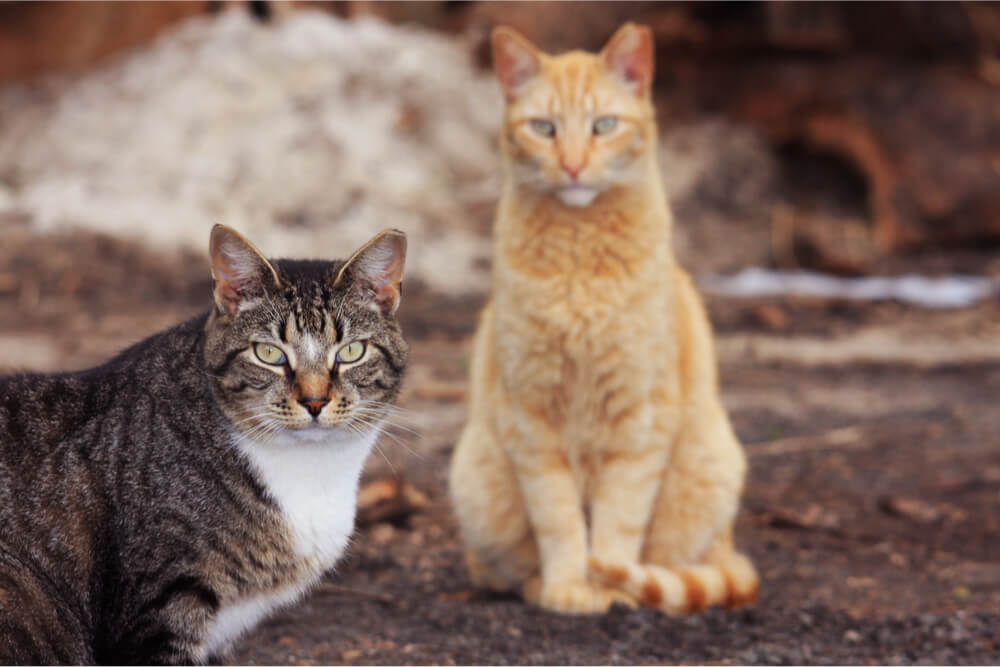
TNR controls outdoor cat populations without resorting to killing cats or relocating them.
Although TNR is not without its challenges, many studies have shown that the method does work to curb populations of free-roaming feral and stray cats, and helps improve the relationship between the cats and their human neighbors.
Frequently Asked Questions
Does trap neuter return work?
Many studies have shown that TNR is an effective method to limit, and over time even reduce numbers of free-roaming cats in a community setting.
What does it mean when a stray cat has a clipped ear?
During the spay or neuter surgery, the veterinarian also clips the tip off one ear (ear-tipping is generally done to the left ear) so people can easily see which cats have already been altered by simply looking for an ear tip.
What does TNR mean?
TNR stands for trap-neuter-return, a method of humane population control for free-roaming cats. Cats are trapped, brought to a veterinary facility for spaying or neutering, given a rabies vaccine, then released back to the place they were originally trapped.
Is TNR legal in Australia?
TNR is currently prohibited in Australia, although some supporters are attempting to encourage regulators to change their position.
Will a stray cat starve if I stop feeding it?
Whether a stray cat can survive on its own depends on how well it can hunt and forage. Feeding stray cats does help cut down on wildlife predation.
How much does TNR cost?
TNR costs around $25-$65 for the whole process, to euthanize a cat might costs roughly in the range of $105-$120 .


